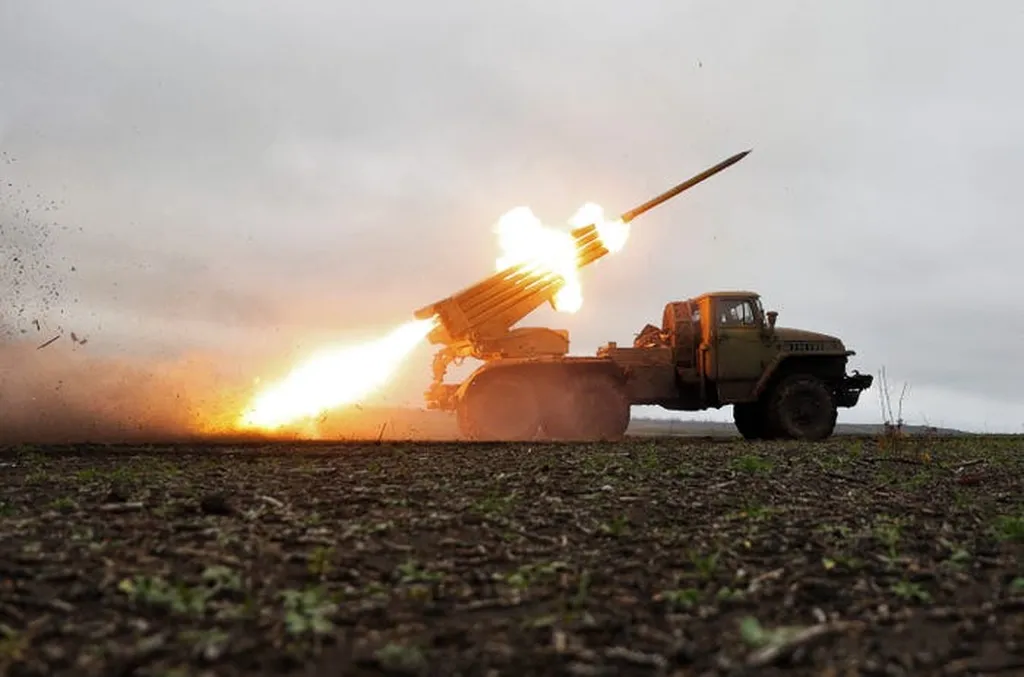The latest issue of *Global Defence Technology* delves into the critical developments shaping the defence landscape, with a particular focus on the UK’s Challenger 3 main battle tank programme, the Pentagon’s efficiency drive, and the evolving dynamics of naval and rotary-wing technologies.
The British Army’s Challenger 3 upgrade programme, set to deliver a limited number of enhanced Challenger 2 tanks by the end of the decade, has raised questions about the Ministry of Defence’s (MoD) claimed 60% UK content quota. As the programme draws in contributions from both domestic and international partners, scrutiny intensifies over whether the stated percentage aligns with the reality of the supply chain. With the UK defence industry under pressure to demonstrate its capability to deliver on ambitious targets, this programme will serve as a litmus test for future procurement strategies.
Across the Atlantic, the US Pentagon’s ongoing efficiency drive has turned its attention to the testing and evaluation (T&E) structures designed to mature capabilities before they enter military service. Experts warn that the impact of these changes could be profound—and not necessarily positive. Streamlining processes is a necessity, but cutting corners in T&E risks undermining the very readiness and effectiveness that these reforms aim to enhance. As the Pentagon seeks to balance cost and capability, the defence community watches closely to see how these adjustments will affect the long-term viability of US military modernisation efforts.
The issue also examines the revitalisation of the global naval secondary gun market. Emerging threats, particularly the proliferation of drones, are upending traditional cost-benefit calculations in naval warfare. As navies adapt to these new challenges, the demand for versatile and cost-effective secondary gun systems is on the rise. This shift underscores the need for innovation in naval armaments, as militaries seek to maintain a competitive edge in an increasingly contested maritime environment.
Meanwhile, rotary-wing platforms are undergoing a technological transformation, with further digitisation of key systems and the potential emergence of tilt-rotor capabilities. These advancements could redefine how militaries perceive and utilise rotary-wing aircraft, expanding their roles beyond traditional missions. As tilt-rotor technology matures, it may offer unprecedented flexibility in both military and civilian applications, reshaping the future of aerial warfare and logistics.
From the battlefield to the high seas, the defence sector is in a state of rapid evolution. Whether it’s the UK’s tank modernisation efforts, the Pentagon’s efficiency push, or the shifting paradigms in naval and rotary-wing technologies, the latest issue of *Global Defence Technology* provides the insights needed to navigate this dynamic landscape. For those eager to stay ahead of the curve, the magazine offers a comprehensive look at the trends and developments that will define the future of defence.

